Surfing – the sport or pastime of riding a wave toward the shore while standing or lying on a surfboard.
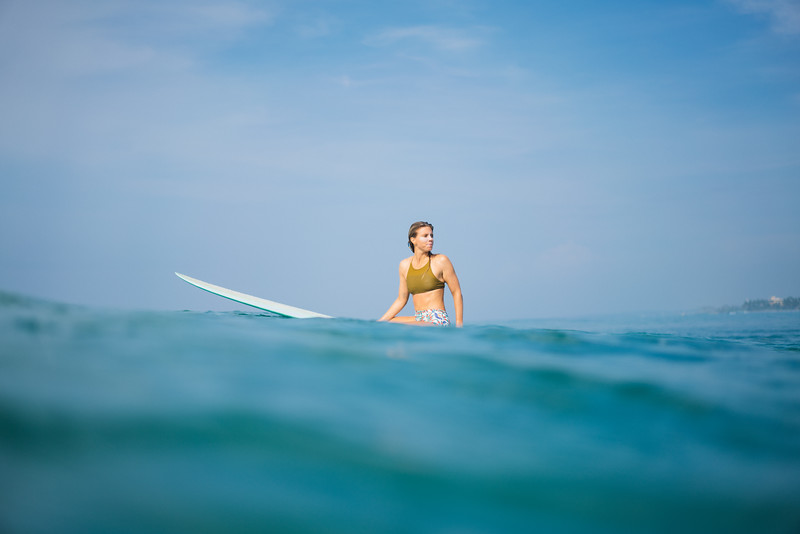
The definition of surfing hardly does it justice. Add in some heart-pumping adrenaline, some sunshine, and a permanent smile – that’s more like surfing. Catching the stoke is a real thing and if you haven’t surfed before, you’re bound to catch it too. At Sunshinestories, we get folks at all levels of surfing. Even if you surf 7 days a week, 365 days a year, it’s always nice to remember some surf tips that got you started. If you haven’t surfed before, you can check out our surf packages to see if it’s something that will peak your interest. Before you give it a go, check out our top five tips for less experienced surfers.
1. Practice your Pop-Up

Before even getting in the water, you’ll need to practice on land. As our coach Mitch often says, we have to stop thinking like humans and start thinking like surfers. Practicing your pop-up on land will start training you to place your feet in the right positions while you’re still stationary. It will also make you aware of some mistakes you could be making that will help save you from a tumble or two. It may feel awkward at first, but your the surfer in you will thank you later.
2. Start in the Whitewash
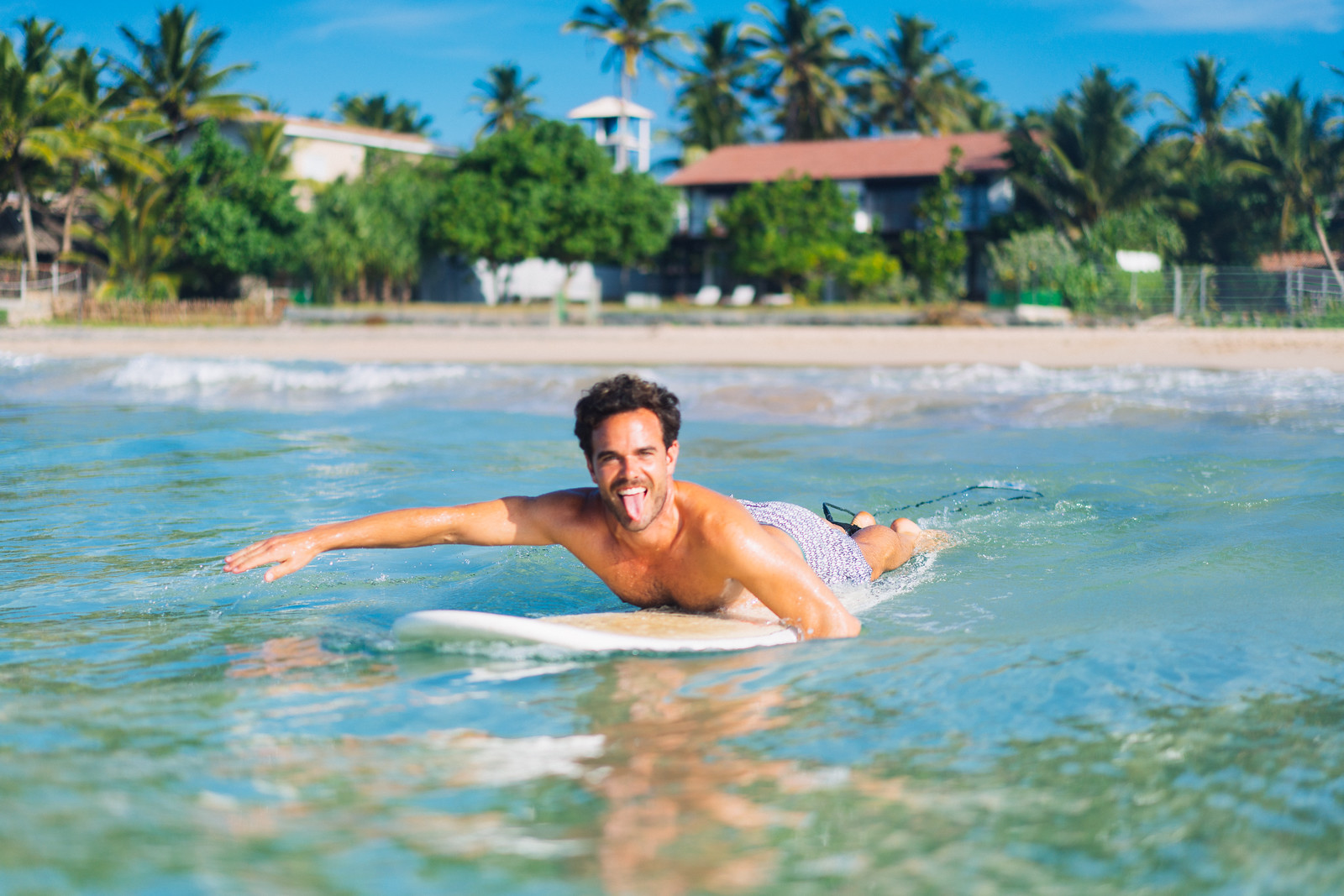
To all those who have braved massive waves when learning, we salute you. Sometimes starting small is better. The whitewash is the part of the wave that’s already broken, so it’s much softer while still providing enough power to get you moving on the board. With the right wave, you’ll glide along. Start on your stomach and feel how your body weighs on the board, balancing to a happy medium. You can even start to play with turning here by looking left or right. Once you’re ready, it’s time to put that pop-up into practice. After enough goes on the whitewash, you’ll be ready for some greenies.
3. Go Green


A green wave is a wave that hasn’t broken yet. These are the waves you’ll need to truly start surfing. Once you’ve graduated from the whitewash, it’s time to take these waves on. With a good surf coach you can start to time it right and get yourself into position so that you paddle straight into the wave. The goal is to be moving at the same rate of speed as the wave so that it takes you and your board with it for the ride. Once you’re in, you can pop-up and boom, you’re surfing. The rest comes with time, gaining the ability to go down the line, turn, increase, or decrease speed.
4. Read the Waves
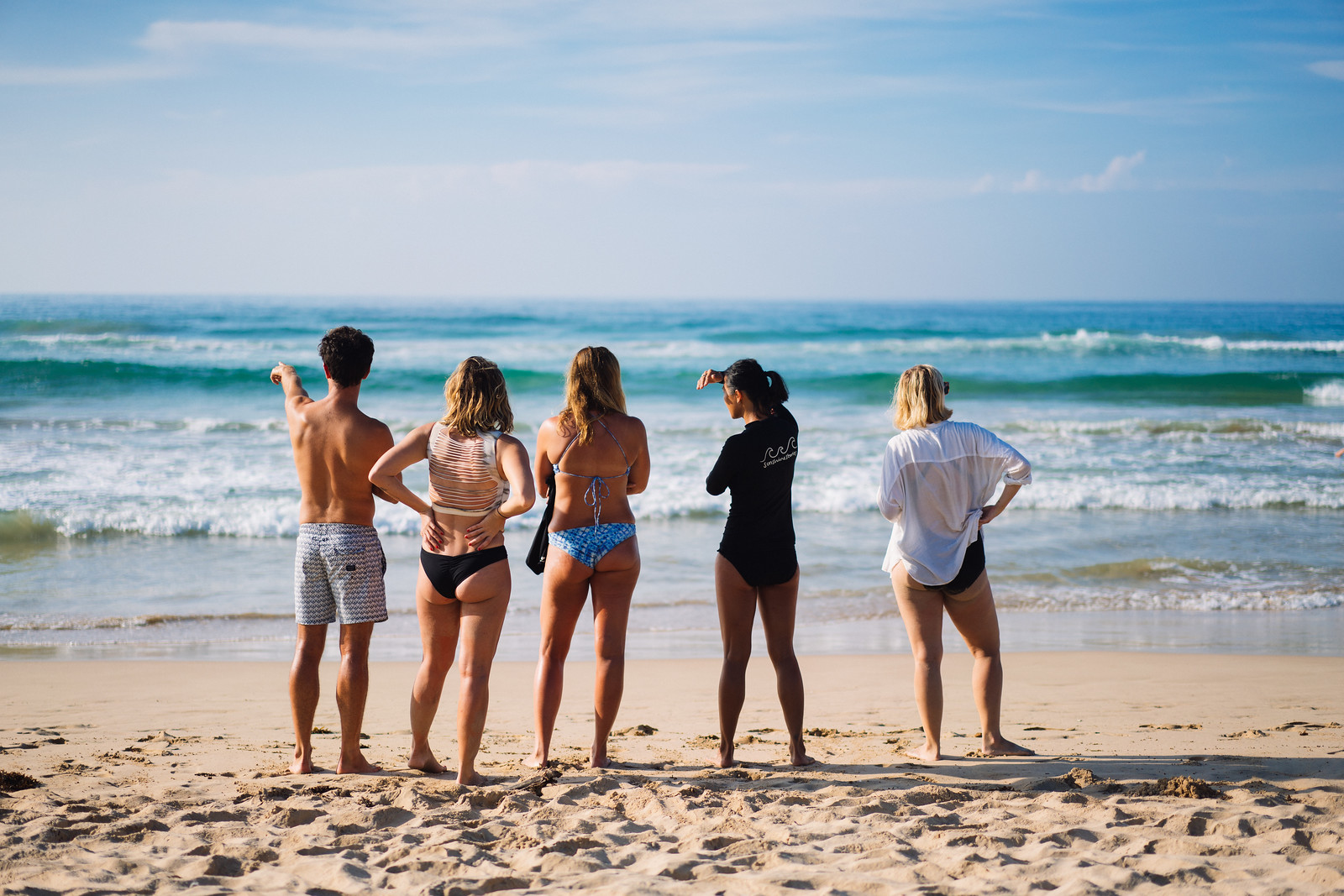
Learning to read the waves will always be an ongoing quest, no matter what level of surfing you have. However, learning to read the waves can help you from nose diving and giving you the ability to catch as many waves as you can handle in one session. With time you’ll also be able to tell what wave is going to be an a-frame, a left, or a right. This will help you move in the right direction to start practicing your turns whether you’re goofy (leading with your left foot) or regular (leading with your right foot).
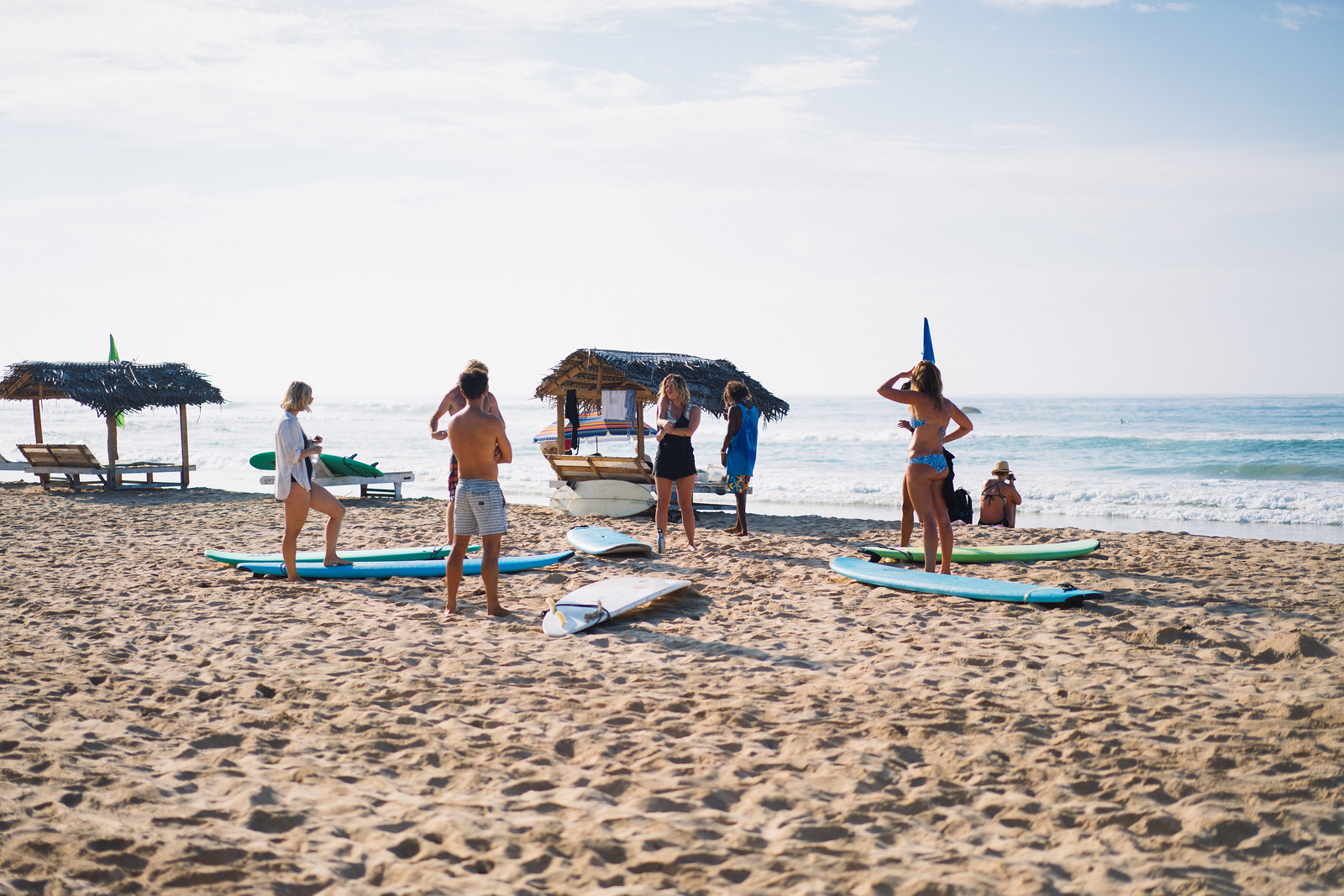
5. Turtle Roll Like a Boss
If you’re learning, you’ll most likely be taught on a bigger board. Bigger boards mean paying extra attention to safety in the water. With so much volume, you’ll want to properly learn how to turtle roll to keep you and your fellow surfers safe in the water. Turtle rolling is simply rolling your board over so that you go directly under an oncoming wave. Learn it and learn it well.
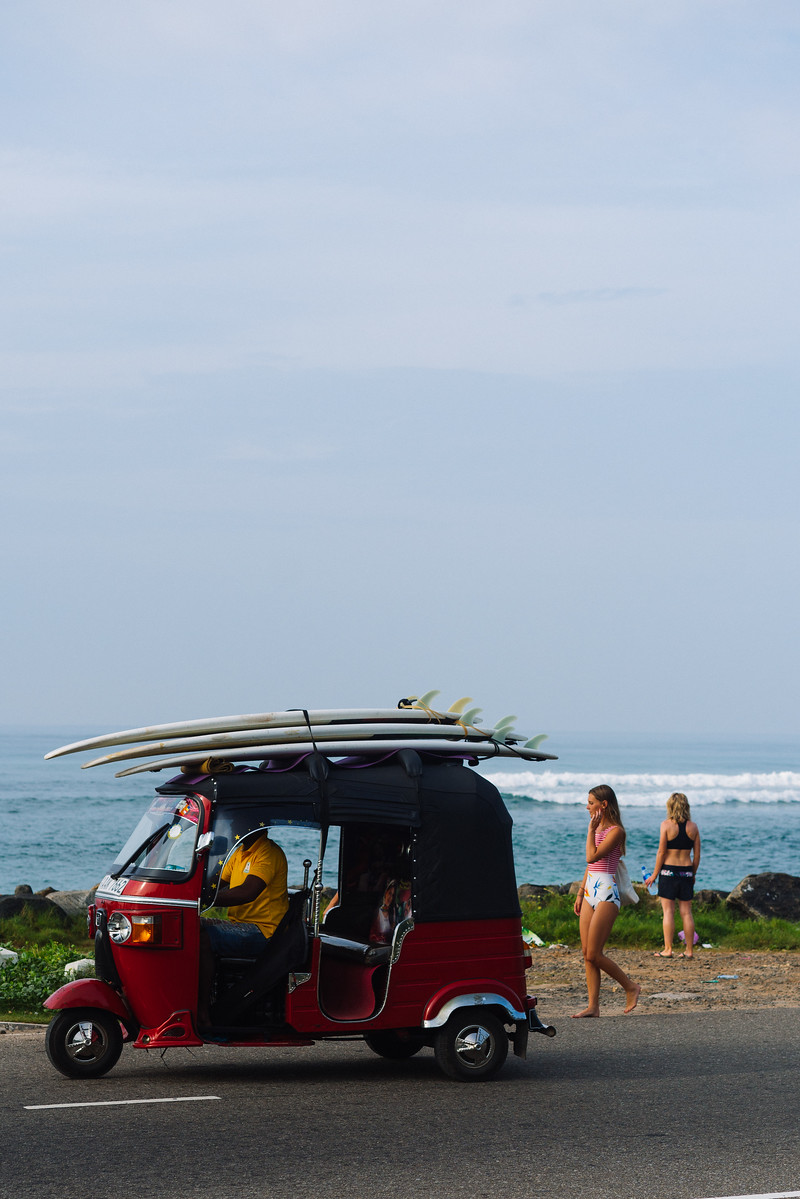
Written by @mollyhenze and photos by @lachlanjdempsey
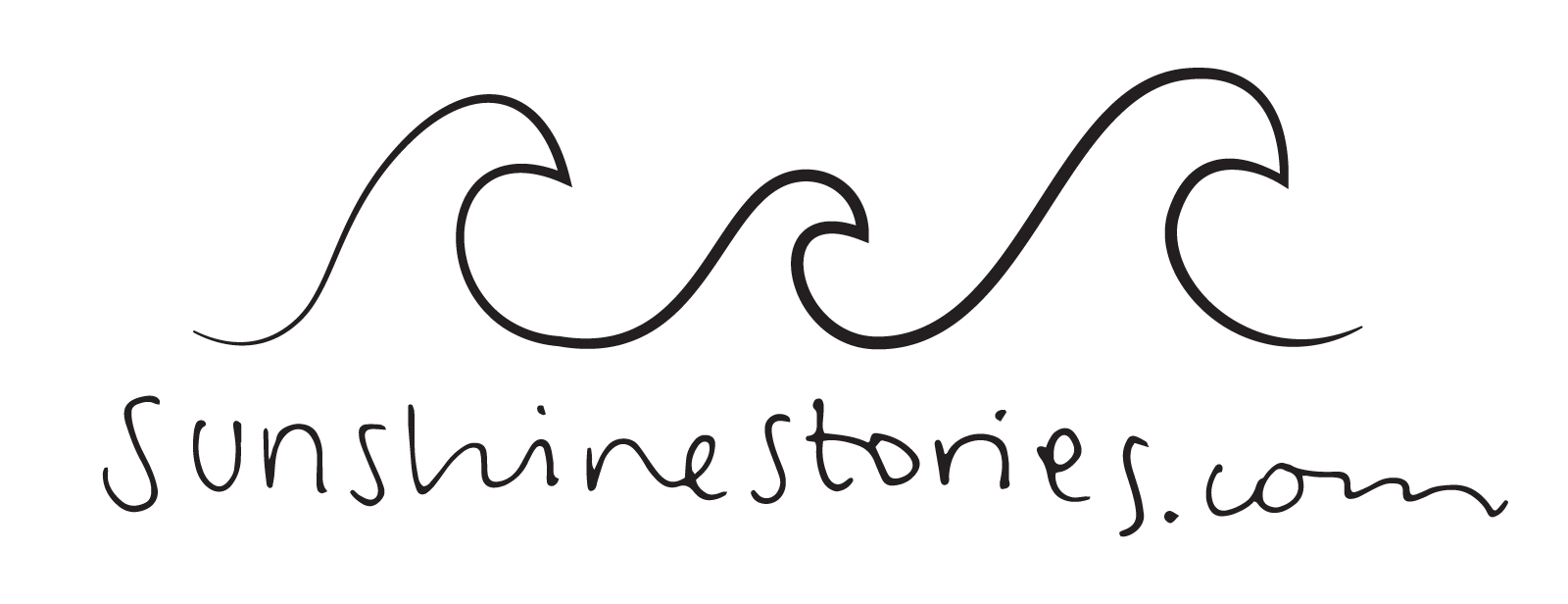
One Comment